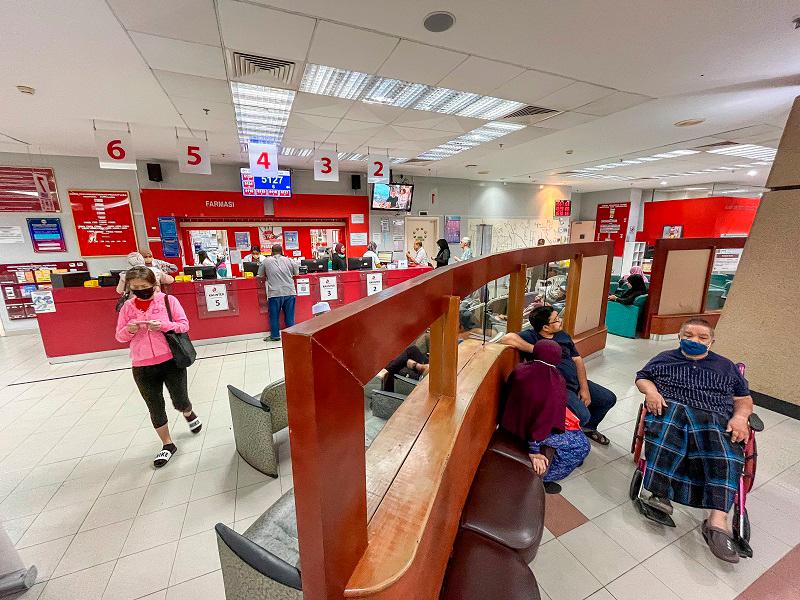PETALING JAYA: The ripple effects of United States (US) tariffs on Chinese goods may soon reach Malaysian public hospitals. But for now, patients, especially those from lower-income groups, are expected to be shielded from significant cost increases.
Universiti Kebangsaan Malaysia public health medicine specialist Prof Dr Sharifa Ezat Wan Puteh
said while the tariffs are likely to push up the cost of essential medical imports, the government is expected to absorb much of the financial burden.
“It’s possible purchase prices will rise. But as this is government-funded, the bulk of it will be subsidised by state funds,” she told theSun.
She said while the public healthcare sector is partially insulated, patients may eventually have to bear part of the cost for certain treatments or medications.
Health Minister Datuk Seri Dr Dzulkefly Ahmad has said the cost of imported drugs and medical devices would increase if tariffs impact the active pharmaceutical ingredients (API) or key components used in their production.
He added that local pharmaceutical companies may face steeper costs as global competition for raw materials intensifies.
“Local generics producers could see higher procurement costs for API due to increased demand from US pharmaceutical suppliers.”
Sharifa highlighted that cardiac-related procedures may be particularly affected, given Malaysia’s rising number of cardiovascular disease (CVD) cases.
“With CVD cases on the rise, treatment costs could escalate. Procedures like stenting may become more expensive, and patients might face higher out-of-pocket expenses.”
She said despite growing operational pressures, public healthcare remains affordable compared with private options.
“Generally, a visit to a private GP costs around RM50 to RM70. At government clinics, it’s still only RM1.”
She added that major surgeries in public hospitals typically range between RM200 and RM400, while daily hospitalisation fees remain between RM10 and RM30.
Amid ongoing global trade tensions and potential supply chain disruptions, Malaysia’s healthcare system remains reliant on imported drugs and medical devices, often at a steep cost.
“The drugs and devices are reliable but expensive. It would be wise for Malaysia to manufacture locally or source from more affordable countries such as India
or China.
“The low-income group will likely be protected. Higher-income groups, however, may face fee hikes or co-payment schemes.”
To ensure resilience, Sharifa emphasised the need to diversify supply chains and boost investment in primary healthcare and traditional complementary medicine.
She said reforms are already in motion, including efforts to strengthen primary care and introduce a new healthcare financing model.
“This includes social health insurance, combined with private health insurance for higher-income, self-paying groups.”
She said while some price hikes are already visible in the private sector, the public system has so far seen only limited impact.









